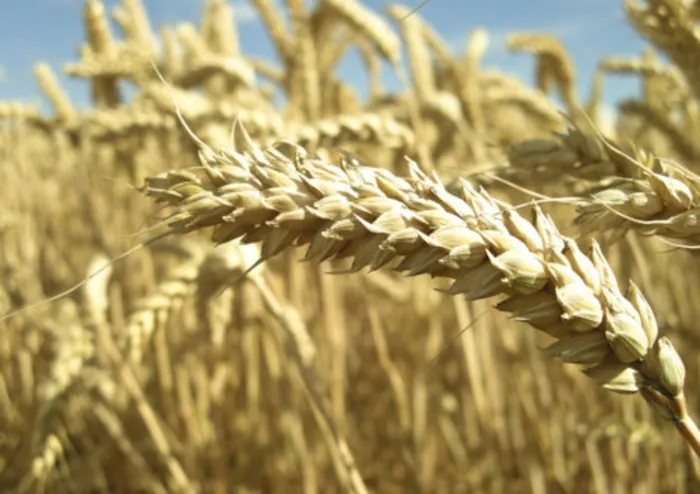Food insecurity now a reality in SA

File picture: Free Images File picture: Free Images
Pretoria - Stakeholders have predicted doom and gloom around the country’s food security situation, saying the current drought, a declining economy and high energy tariffs would make it worse.
They said an estimated 14 million people would suffer the most as the crisis deepened, and women and children at the bottom of the economic scale would be hit hard.
Read: SA could face food riots - Grain SA
“The number of people who go to bed hungry is higher than the 13.8 million registered by the most recent household survey,” Cape Town nutrition research specialist Mathew Xasana said.
Many more went hungry but did not meet the conventional measurement, he said.
In his October report on household nutrition and the state of women and children in the food security sector, he said: “If the mother has an income which, when calculated, should sufficiently cater for her dependants, then she falls outside that bracket even when her story is different.”
Children bore the brunt of the lack of food, or of nutritious food. In a recent report, the World Health Organisation (WHO) said food insecurity had become a global health crisis.
In November, the WHO said South Africa continued to be plagued by poverty and unemployment, steep food and fuel prices, high-energy tariffs and increasing interest rates. This was despite political and economic advances.
“These adverse conditions have placed severe pressure on ordinary South Africans already struggling to meet their basic household needs,” said the report, which stressed on the urgent need to develop suitable measures to alleviate the situation.
Food security is described as the availability of food and the ability to be self sufficient in food production. It is having accessibility to markets and the ability to purchase food and at all times have enough food for an active, healthy life.
The WHO describes it as a situation where there is food that is nutritious and safe; where there exists an assured ability to procure and acquire food of good quality in a socially acceptable way.
“In contrast, food insecurity exists when food is not easily accessible and households have difficulty securing adequate food, and that is the case found in households across the country,” the WHO report said.
South Africa has been seen as the champion of sub-Sahara Africa and a food producer with food to share, but at the end of last year, the Food Bank SA said all that had changed. The weakening rand, the drought and rising food, fuel, and electricity prices were hitting hard the most vulnerable, resulting in food insecurity.
In his report from early this week, Food Bank managing director Andy du Plessis said: “The gross domestic product (of 0.7%) is not nearly enough to stimulate growth in our economy and provide much-needed jobs.”
The Food and Agricultural Organisation last month predicted difficulty in meeting the food needs of the country due to the natural disasters.
ntando.makhubu@inl.co.za
PRETORIA NEWS